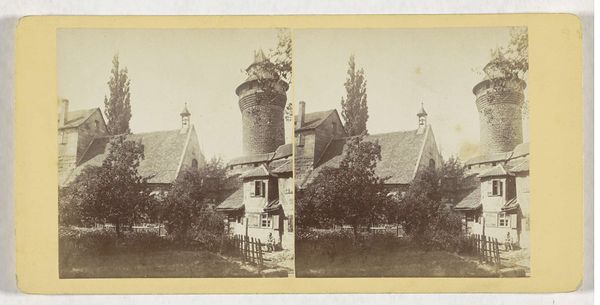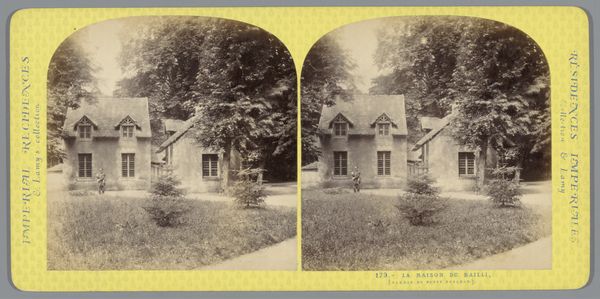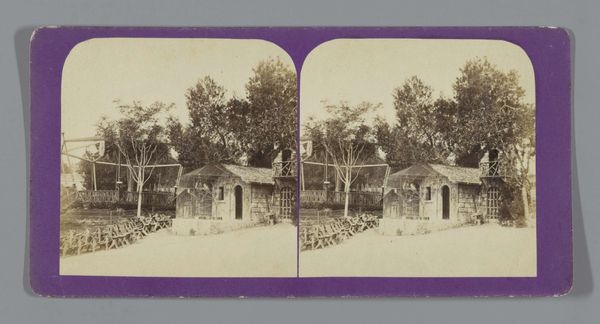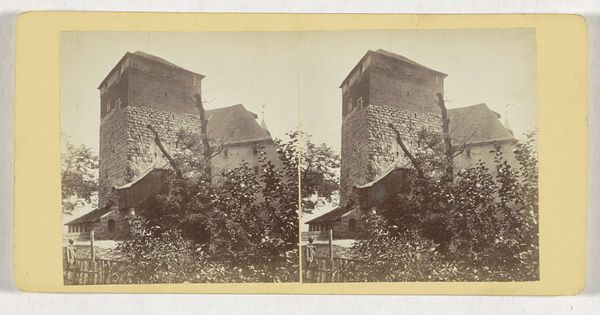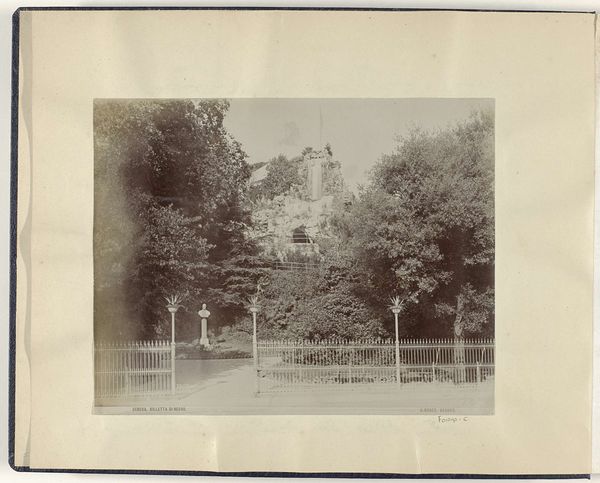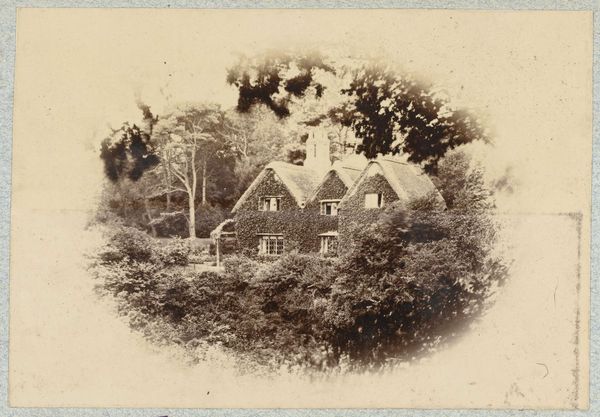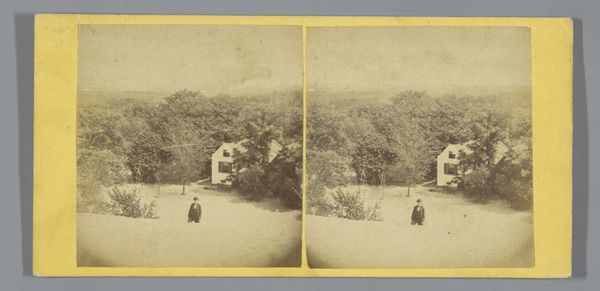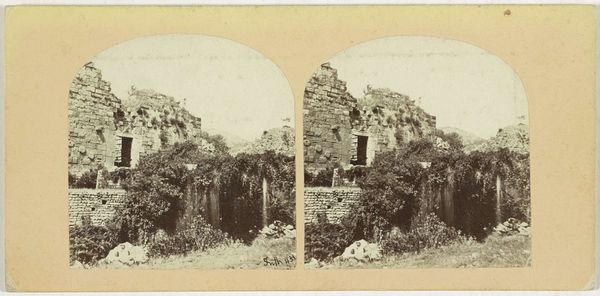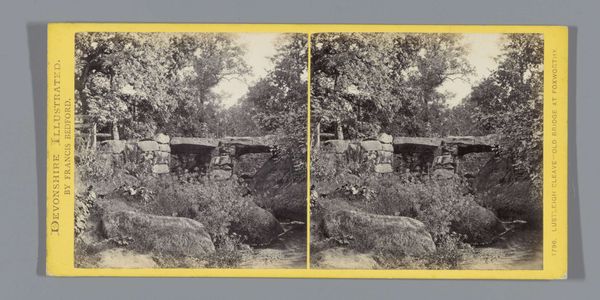
photography
#
landscape
#
photography
#
cityscape
Dimensions: height 85 mm, width 170 mm
Copyright: Rijks Museum: Open Domain
Editor: This is a stereo photograph, titled "Tellskapelle in Sisikon, Zwitserland," dating from around 1860 to 1880, by E. Savioz. It depicts a small chapel nestled against a wooded hillside. The sepia tones give it such a historical feeling, but the reproduction here is a modern one, and that juxtaposition fascinates me. What do you see in this piece, from your perspective? Curator: Considering this photographic image as an artifact from the mid-19th century opens avenues for a materialist analysis. Let's consider the collodion process, for instance. The glass plate negative, the chemicals involved, the labour-intensive process of creating this image - it wasn't a simple snapshot. These materials and techniques were quite new at the time, weren't they? Editor: Absolutely. It’s interesting to think about how different it would have been to create an image like this then, compared to taking a photo with my phone today. The wet plate process does seem incredibly intricate! What did the material conditions make possible, in this photograph, that maybe painting, for example, did not? Curator: That's key. Photography offered a seemingly objective record, though of course, manipulated at every step of the making! What’s fascinating is how this 'objectivity' intertwined with the Romantic vision of landscape. Consider the social implications: photography, despite its complexity, democratized image-making to some degree, creating a wider visual culture for those who might have only experienced landscape through elite paintings. Also note the location; who commissioned this image? Editor: It really makes you think about who had access to this image and how it might have shaped their view of Switzerland, right? Thinking about photography in this context shifts it from just a pretty picture to a tool within a much larger economic and social machine. Curator: Exactly! The means of production are always relevant. This shifts our focus from mere aesthetics to the entire system surrounding the creation and consumption of this image. And now? Editor: Now I will consider the cultural implications of imagery within modern society even further, realizing its historical connections. Thanks for the insight!
Comments
No comments
Be the first to comment and join the conversation on the ultimate creative platform.




